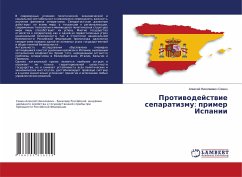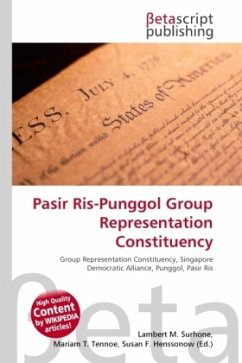
A Primer on Grid-Group Theory
Or: The Rule of Four
Versandkostenfrei!
Versandfertig in 6-10 Tagen
32,99 €
inkl. MwSt.

PAYBACK Punkte
16 °P sammeln!
This book is a primer on grid-group theory as elaborated by political scientist Aaron Wildavsky and social anthropologist Mary Douglas. They argue that in any advanced society there are four lifestyles (or political cultures) that shape our behavior. They derive these four groupings from two aspects of our lives: groups have either weak or strong boundaries and there are many or few rules and prescriptions for a given group. That means we can have groups with strong boundaries and many rules, strong boundaries and few rules, weak boundaries and many rules, or weak boundaries and few rules. Thi...
This book is a primer on grid-group theory as elaborated by political scientist Aaron Wildavsky and social anthropologist Mary Douglas. They argue that in any advanced society there are four lifestyles (or political cultures) that shape our behavior. They derive these four groupings from two aspects of our lives: groups have either weak or strong boundaries and there are many or few rules and prescriptions for a given group. That means we can have groups with strong boundaries and many rules, strong boundaries and few rules, weak boundaries and many rules, or weak boundaries and few rules. This leads to four lifestyles or political cultures: competitive individualists, egalitarians, hierarchical elitists, and fatalists. People do not generally recognize the fact that they are members of one of these groups but their membership in these groups shapes much of their lives, including consumption choices and in the political realm, political choices. The book uses grid-group theory todeal with politics, humor, tourism and various other topics.












